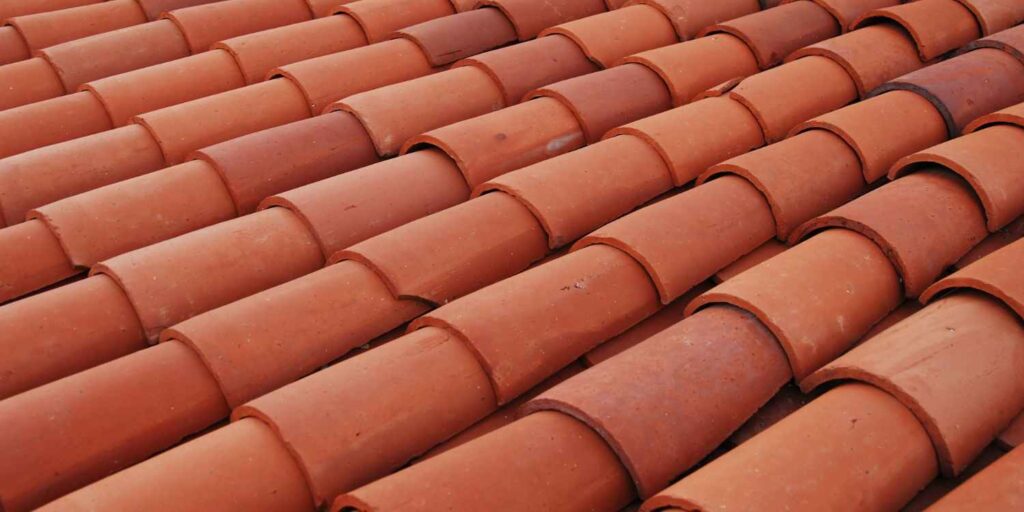Chimney liners may not be the most glamorous aspect of your home, but they play a crucial role in ensuring the safety and efficiency of your fireplace or heating system. In this comprehensive guide, we’ll delve into the importance of chimney liners, exploring their functions, benefits, and why they’re essential for maintaining a safe and functional chimney system.
What Are Chimney Liners?
Chimney liners, also known as flue liners, are protective barriers installed inside chimneys to contain and direct the byproducts of combustion safely out of the home. They serve several important functions:
- Protection: Chimney liners protect the chimney walls from heat, moisture, and corrosion caused by combustion gases. Without a liner, the brick or masonry of the chimney can deteriorate over time, leading to structural damage and potential safety hazards.
- Improved Draft: A properly sized chimney liner helps maintain the optimal draft, ensuring that combustion gases are effectively vented out of the home. This prevents backdrafts, downdrafts, and the accumulation of harmful gases like carbon monoxide inside the living space.
- Easier Cleaning: Chimney liners create a smooth, non-combustible surface that makes cleaning and maintenance easier. Creosote, a flammable residue produced during combustion, is less likely to adhere to the liner’s surface, reducing the risk of chimney fires and improving overall chimney performance.
Types of Chimney Liners:

- Clay Tile Liners: Clay tile liners have been used for centuries and are still commonly found in older homes. These liners are made from clay tiles stacked together to form a protective barrier within the chimney. While durable and relatively inexpensive, clay tile liners can crack and deteriorate over time, especially when exposed to extreme temperature fluctuations. Regular inspections are essential to identify any signs of damage and prevent potential safety hazards.
- Metal Liners (Stainless Steel, Aluminum): Metal chimney liners, such as stainless steel and aluminum, are popular choices for both new construction and chimney relining projects. These liners offer excellent durability, corrosion resistance, and compatibility with various fuel types, making them suitable for a wide range of applications. Stainless steel liners, in particular, are known for their longevity and strength, making them a preferred option for high-efficiency appliances and multi-fuel systems. Aluminum liners are lightweight and cost-effective, making them a practical choice for budget-conscious homeowners.
- Cast-in-Place Liners: Cast-in-place liners involve pouring a cement-like material directly into the chimney flue, creating a custom-fit liner that conforms to the shape of the chimney. This method provides a seamless, airtight seal and is particularly well-suited for irregularly shaped or damaged chimneys. Cast-in-place liners offer excellent insulation and durability, helping to improve chimney performance and safety. Additionally, they can be installed without the need for extensive demolition or reconstruction, making them a convenient option for chimney restoration projects.
- Hybrid Liners: Hybrid chimney liners combine the benefits of metal and clay tile liners, offering enhanced durability, flexibility, and ease of installation. These liners typically feature a stainless steel or aluminum outer shell with a ceramic or refractory inner liner. The outer metal shell provides structural support and corrosion resistance, while the inner ceramic liner offers superior heat resistance and insulation properties. Hybrid liners are versatile and can be customized to fit various chimney configurations, making them suitable for both new construction and chimney relining projects.
The Importance of Chimney Liners for Safety:
- Preventing Fire Hazards: A properly installed chimney liner reduces the risk of chimney fires by containing combustible materials and preventing the buildup of creosote. Creosote buildup is a leading cause of chimney fires and can ignite rapidly, posing a serious threat to the home and its occupants.
- Protecting Against Carbon Monoxide Poisoning: Chimney liners play a crucial role in venting harmful gases, including carbon monoxide, out of the home. Carbon monoxide is a colorless, odorless gas produced during incomplete combustion and can be deadly if allowed to accumulate indoors. A damaged or improperly sized chimney liner can result in carbon monoxide leaks, endangering the health and safety of residents.
- Preserving Structural Integrity: By shielding the chimney walls from heat and moisture, chimney liners help prevent deterioration and structural damage. Cracked or deteriorated chimney masonry can compromise the stability of the chimney and increase the risk of collapse, especially in regions prone to seismic activity or extreme weather events.
Conclusion:
In conclusion, chimney liners are essential components of safe and functional chimney systems. Whether you have a wood-burning fireplace, gas appliance, or oil-fired heating system, a properly installed chimney liner is vital for protecting your home, preserving indoor air quality, and ensuring the longevity of your chimney. Investing in a high-quality chimney liner and scheduling regular inspections and maintenance will help safeguard your home and loved ones against the dangers of chimney-related hazards.





